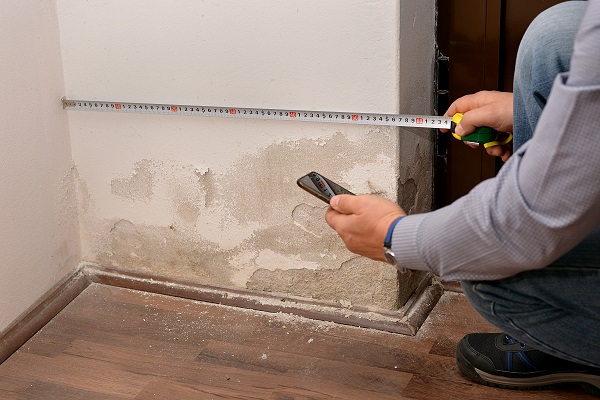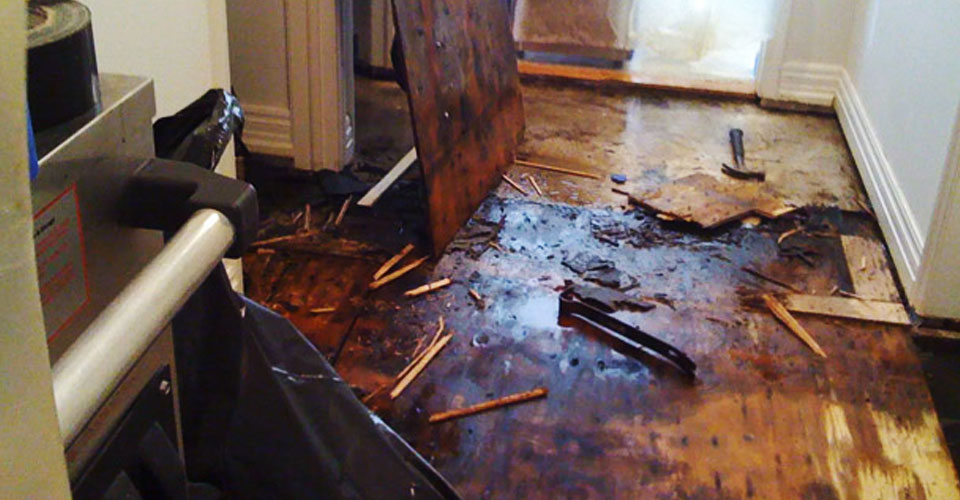6 Water Damage Restoration Do's and Don'ts.
Click HereWe have discovered this post on 5 Home Safety Tips To Reduce The Risk Of Fire And Water Damage down the page on the net and felt it made perfect sense to write about it with you on this page.

Though water gives life, water breach on parts where it's not intended to be can cause damages. If the water saturates into your structure, it can peel off away surface areas and also deteriorate the structure. Mold and mildew also grow in a wet environment, which can be hazardous for your health. Houses with water damage smell mildewy as well as old.
Water can originate from several sources such as tropical storms, floodings, burst pipelines, leaks, as well as sewage system issues. In case you experience water damages, it would certainly be good to understand some safety precautions. Here are a few standards on exactly how to manage water damage.
Do Prioritize Home Insurance Policy Protection
Water damage from flooding dues to heavy winds is seasonal. You can likewise experience a sudden flood when a faulty pipe unexpectedly bursts into your home. It would certainly be best to have residence insurance coverage that covers both disasters such as natural disasters, as well as emergency situations like busted plumbing.
Do Not Forget to Turn Off Utilities
This reduces off power to your whole residence, preventing electric shocks when water comes in as it is a conductor. Do not forget to transform off the primary water line shutoff.
Do Keep Proactive as well as Heed Climate Informs
Pay attention to emptying cautions if you live near a creek, lake, or river . Doing so decreases potential residential or commercial property damages.
Do Not Overlook the Roofing System
You can prevent rainfall damage if there are no openings and leakages in your roofing. This will certainly avoid water from flowing down your wall surfaces and saturating your ceiling.
Do Take Notice Of Little Leaks
A burst pipeline doesn't happen over night. Normally, there are red flags that suggest you have actually weakened pipelines in your home. You might discover bubbling paint, peeling off wallpaper, water streaks, water spots, or dripping sounds behind the walls. At some point, this pipe will break. Ideally, you must not await points to rise. Have your plumbing repaired before it causes massive damages.
Do Not Panic in Case of a Burst Pipe
Maintaining your clearheadedness is vital in a time of situation. Stressing will only worsen the issue due to the fact that it will stifle you from acting quick. Timing is essential when it comes to water damage. The longer you wait, the even more damages you can expect. Therefore, if a pipe bursts in your home, instantly shut off your major water shutoff to cut off the source. Then unplug all electrical outlets in the location or shut off the circuit breaker for that part of your home. Call a trusted water damages restoration expert for support.
Water gives life, water breach on parts where it's not meant to be can result in damage. Residences with water damages scent old and moldy.
Water damage from flood fees to hefty winds is seasonal. You may discover gurgling paint, peeling wallpaper, water streaks, water spots, or trickling sounds behind the walls. When it comes to water damages, timing is crucial.
Are Water Mitigation and Water Damage Restoration the Same Thing?
When are Water Mitigation Services Needed?
Water intrusion can come from small sources like a dishwasher leak or larger ones like rainwater causing inches of standing water in a basement. Other instances of damage that call for water mitigation services include:
Sewer backup, sump pump failure, or clogged toilets Toilet wax seal failure Shower pan corrosion Pipe leaks and ruptures Washer or icemaker line breaks HVAC drain line blockage A leaking roof Moisture behind walls Foundation cracks Mold Mold is a good example to illustrate how water mitigation works. We’ve often found that clients we do mold remediation services for had existing water damage issues that ended up leading to the mold damage. When performing water mitigation we look for what’s causing the water problem and for ways to stop mold before it multiplies and becomes a bigger concern.
Are You Currently Experiencing a Water Disaster?
If you’re in the middle of a water intrusion disaster, here are some important dos and don’ts to follow:
Don’ts:
Safety first! Do not enter a room with standing water until the electricity has been turned off! A regular household vacuum should never be used to pick up water. Never use electrical appliance if standing on a wet floor or carpet. Leave visible mold alone. Dos:
Call a water mitigation professional as soon as possible. Mold and other damage can begin within hours of a water intrusion. Mop and blot up as much water as possible. Remove non-attached floor coverings and mats but leave wall-to-wall carpeting removal to a pro. If there are window coverings like draperies that touch the water, loop them through a hanger and put them up on the rod. Remove wet cushions to dry and wipe down soaked furniture. Move valuables like paintings, photos, and art objects to a dry location. Books should be left tightly packed on shelves until it’s determined if they need specialized drying. Prop open closets, cabinets, and drawers to allow them to air out. https://cfrsfl.com/blog/are-water-mitigation-and-water-damage-restoration-the-same-thing/

I discovered that blog post about Fire And Water Damage Prevention while doing a search on the web. Feel free to set aside a second to share this blog posting if you liked it. I love reading our article about Preventing Fires and Water Damage In Your Home.